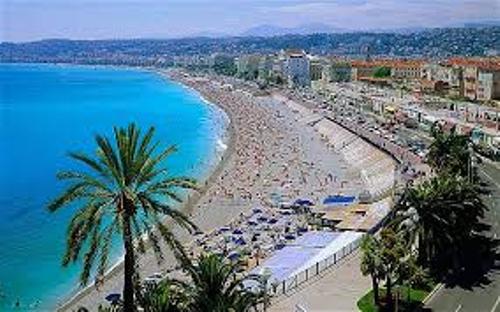
Lake Texcoco was ultimately drained, and much of Mexico City rests in the lake basin. The leader of the conquistadors, Hernan Cortés, began the construction of what is now known as Mexico City among the ruins. A great deal of Tenochtitlan was destroyed in the fighting, or was looted, burned, or destroyed after the surrender. The Spanish conquistadors, aided by an alliance of indigenous peoples, laid siege to the Aztec capital for 93 days, until the Mexica surrendered on August 13, 1521. The Templo Mayor precinct was the location in which the Aztec practiced both bloodletting (offering one’s own blood) and human sacrifice. Atop the single complex were two temples, one for Tlaloc, the god of rain, and one for Huitzilopochtli, the god of the sun and war.


The center of the city was known as the Templo Mayor. Each of the four sectors had its own services, including a religious precinct, and was occupied by craftspeople like weavers, sculptors, and potters. This central area was where the temple of Huitzilopochtli, temples for other gods, and the rulers’ palaces lay.

Tenochtitlan was laid out symmetrically, with four sectors separated by four causeways or canals surrounding the central area. Causeways that doubled as dikes connected the island to the mainland and separated freshwater from saltwater, protecting the chinampas. Tenochtitlan eventually reached an area of more than 13 square kilometers (five square miles). Built on two islands, the area was extended using chinampas -small, artificial islands created above the waterline that were later consolidated. The Aztec built their capital city, Tenochtitlan, on Lake Texcoco. The Aztec region of Mesoamerica, called Anáhuac, contained a group of five connected lakes. When they saw this exact scene on an island (located in what was once Lake Texcoco), they interpreted it as a sign from their god and founded Tenochtitlan on that island. Huitzilopochtli directed them to build where they saw an eagle perched on a cactus, eating a snake. According to legend, the Mexica founded Tenochtitlan after leaving their homeland of Aztlan at the direction of their god, Huitzilopochtli. Toward the Splendid City is, in addition to being a portrait of New York, a tribute to its Philharmonic Orchestra.Tenochtitlan, the capital of the Aztec empire, was founded by the Aztec or Mexica people around 1325 C.E. The work’s title comes from the heading of Pablo Neruda’s Nobel Prize address in 1974, in which he included the following: “We must pass through solitude and difficulty, isolation and silence, to reach forth to the enchanted place where we can dance our clumsy dance and sing our sorrowful song - but in this dance or in this song there are fulfilled the most ancient rites of our conscience in the awareness of being human.” It was, needless to say, a relationship badly in need of resolution.Įventually, upon returning to Manhattan, I began to understand that the humanity and the difficulty of New York were inseparable - and that if in the difficulties of urban life humanity is to be embraced, then the inconveniences must also be accepted. I was, however, not without a certain pang of nostalgia for my home town, and as a result Toward the Splendid City was driven by my love-hate relationship with New York.

Life was always complicated in the city and easier, it seemed, everywhere else. At the time I was nearing the end of a year-long residency with the Seattle Symphony, and had serious second thoughts about returning to New York. See the sights of NYC with this schematic of significant, signature structures, from the world-famous Statue of Liberty to the Metropolitan Museum of Art to.30. Work on the piece began in Seattle in the spring of 1992 and was completed in mid-August of that year in Taos, New Mexico. While Toward the Splendid City was composed as a portrait of New York, the city in which I live, it was written almost entirely away from home.


 0 kommentar(er)
0 kommentar(er)
